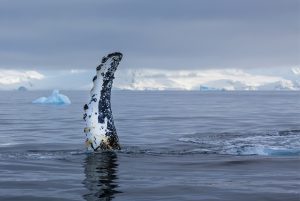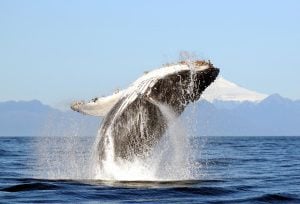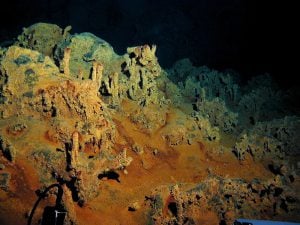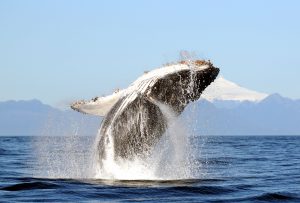The effort is happening now not just because the ocean is in trouble, but also because new research is making solutions easier to find, says MacDonald. Digitization is leaping ahead. Technology is advancing at breakneck speed. For example, the CARIS Cloud Technology Project, a coast-to-coast partnership, will help ocean mapping staff work from home or the office, rather than in risky situations in the field, through the development of cloud software.
That’s part of the supercluster mandate to encourage businesses that wouldn’t typically even know about each other to collaborate intimately. So, when one part of the industry has a breakthrough, others benefit, too. For example, the Ocean Aware Project combines the talents of nearly a dozen organizations, ranging from universities to fisheries and aquaculture concerns to energy utilities. Led by Innovasea, a sensing technology company, it is figuring out where fish are, how healthy they are and where they might go. The whole effort is centred in honouring the ocean.
“The ocean is very important to the survival of humans generally and our existing practices in the ocean have put incredible pressure on the wild fishery,” Mark Jollymore, Innovasea’s president, says from his office in Bedford, Nova Scotia. “So, we certainly need new ways of doing things there.”
At the same time as the technology advances, international teams of academic researchers, including those at Dalhousie University’s Ocean Frontier Institute in Halifax, are developing smart blueprints for how to restore the ocean to health through strategically placed protected areas, increasing the ocean’s ability to provide food, store carbon and maintain its diversity of lifeforms. The global conservation community has set a goal of protecting 30 per cent of the ocean by 2030.








